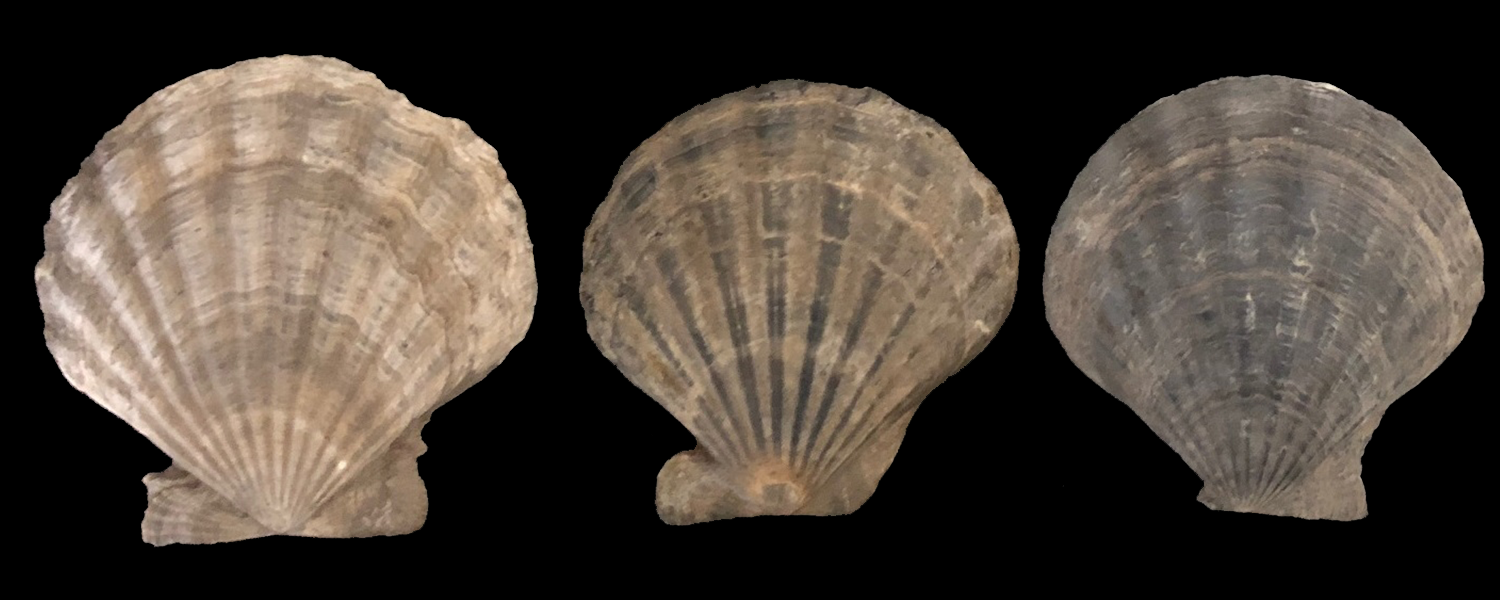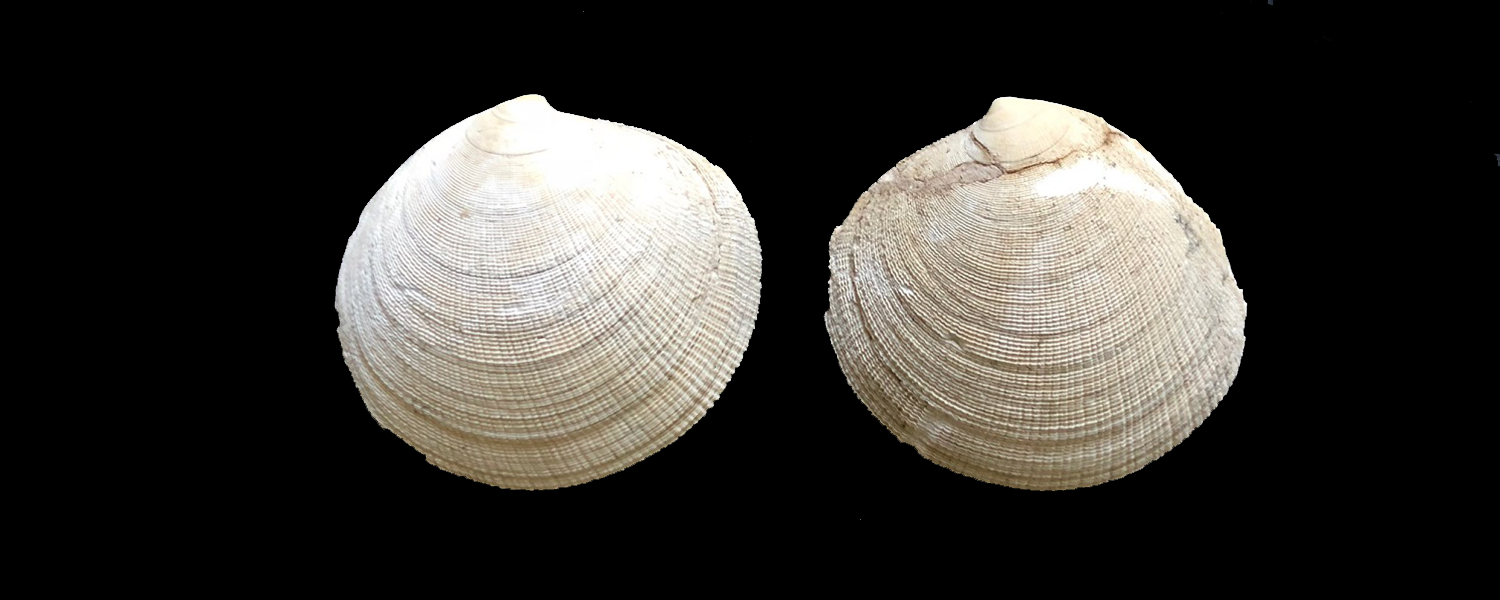The Museum, in addition to the tasks of heritage conservation, has updated its objectives according to the most modern museological and scientific research requirements, moving towards a revision of the ancient collections and a reinterpretation in an environmentalist key of the more recent ones, as well as the increase of the malacological collections in a paleontological-stratigraphic key, of western Emilia.
This area, due to the extent of the outcrops and the abundance of fossils, has been, since the 19th century, one of the most classic neo-genic areas studied by palaeontologists and stratigraphers around the world. Indeed, Lyell (1932) distinguished two geological periods (Miocene and Pliocene) on the differences in the fossil mollusc faunas of the Paris Basin and western Emilia. More recently (from the second half of the 20th century), it became a fundamental reference point for scientific research on the Neogene with the establishment by palaeontologists at the University of Parma of two Pliocene stratotypes, Tabianiano and Piacenziano, one of which is still valid today on international geological scales. based on fossil associations. From this perspective, the material preserved in the Museo Paleontologico Parmense assumes a considerable scientific importance that transcends its local and historical value.
RESEARCH
Although today the continuous progress in palaeontological and stratigraphic methodologies has introduced new means of investigation and shifted the interest of Neogene scholars to other, more suitable areas, western Emilia remains an important reference point and the Museum’s collections are therefore assets that must be protected. e Museo Paleontologico Parmense has, therefore, continued its task of recovering, conserving and protecting the existing heritage as fundamental and historical data of palaeontological and stratigraphic research, but has updated its objectives according to modern museological requirements by starting to set up educational showcases that would not be mere ‘mute’ exhibits of findings, but would allow easy dissemination and understanding of the natural phenomena that the findings ‘narrate’ to a heterogeneous public. The Museo Paleontologico Parmense is undoubtedly a small museum entity, but it plays an important role according to modern museum concepts. It is a place for the protection of a heritage of great scientific value, it has historical value because its collections and its history reflect the milestones of scientific progress in the field of natural sciences over the last two centuries and an interval in the political history of Parma. Lastly, equally if not more important is the role that the museum can take on as a centre for the dissemination of the geological and palaeoenvironmental history of our territory with the setting up of showcases in which fossil finds, mostly from our areas, explain what surrounds us today.




